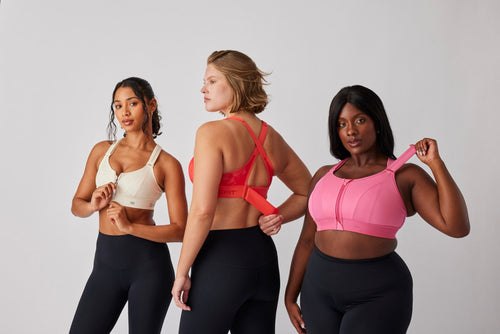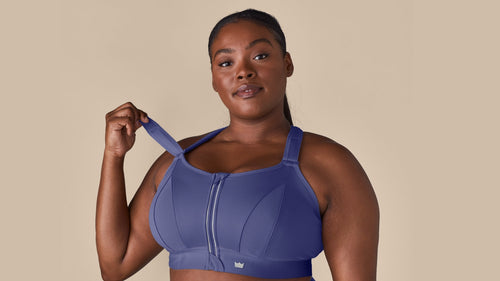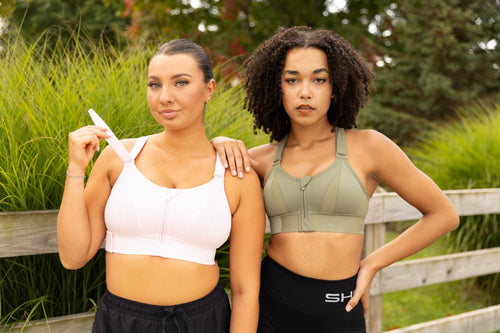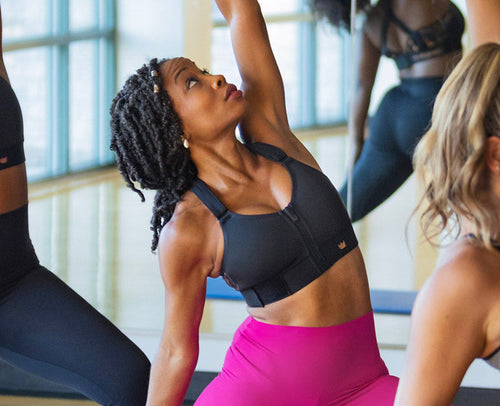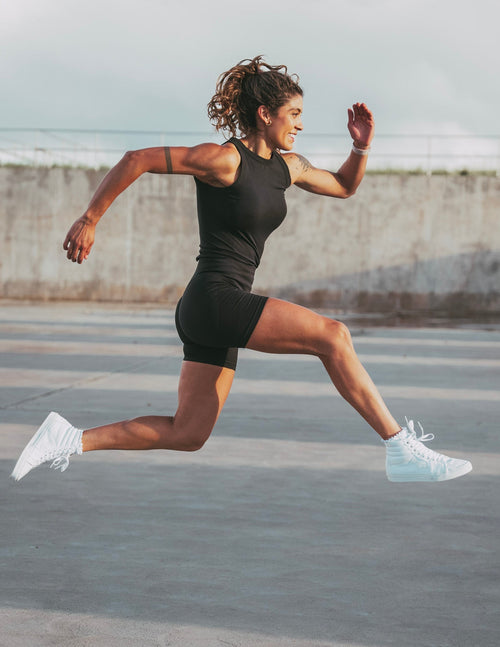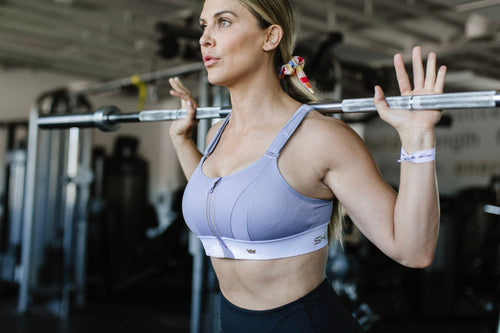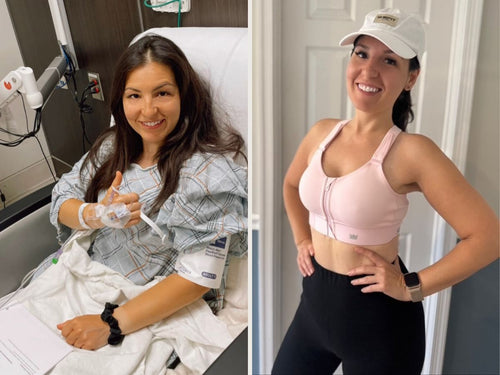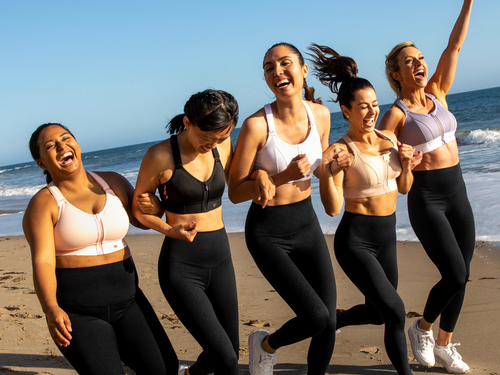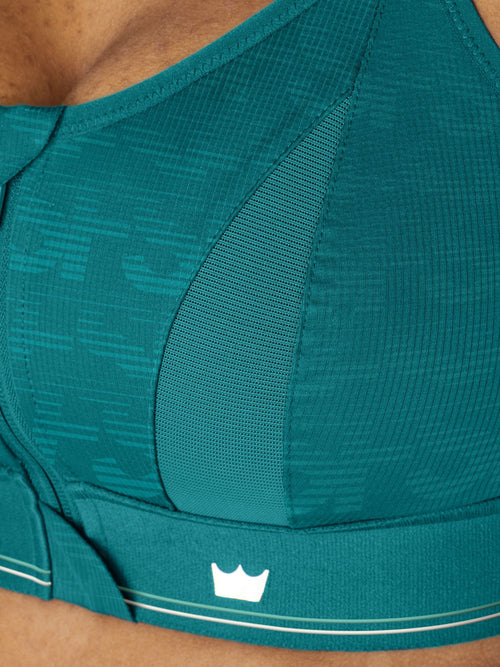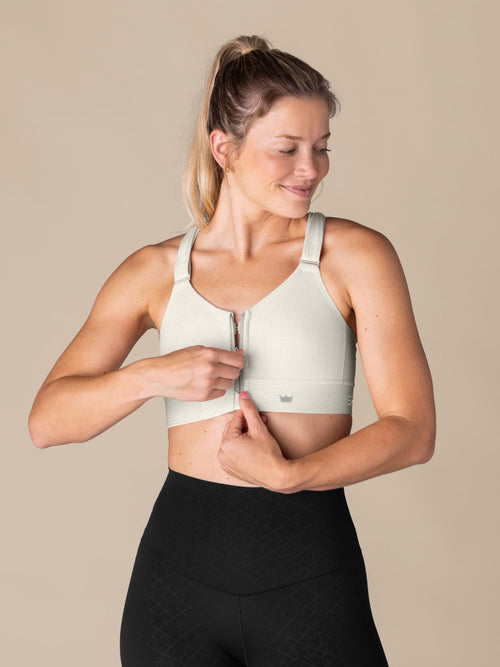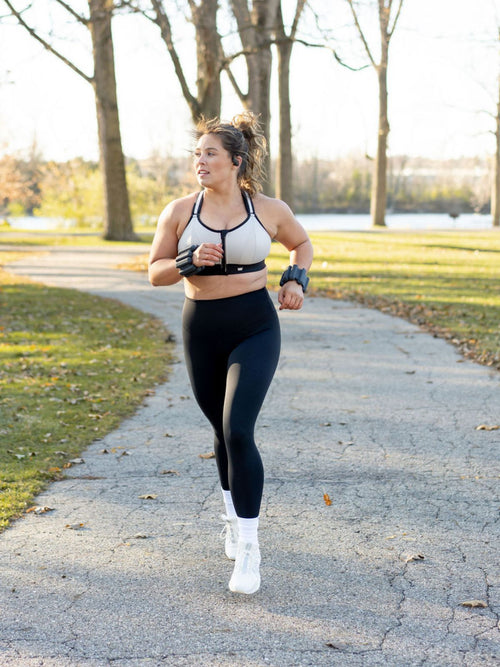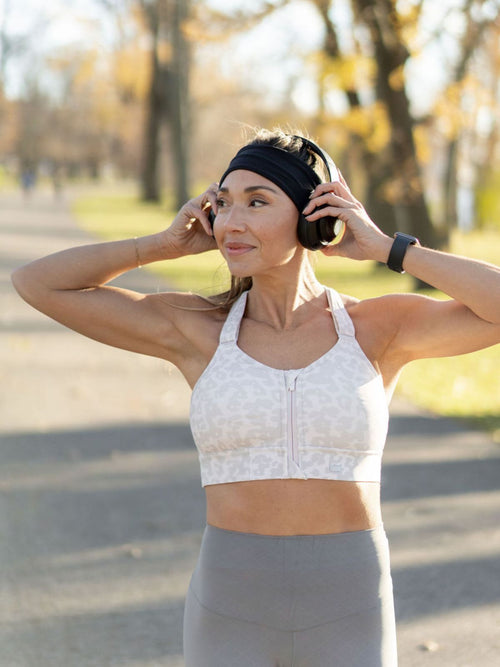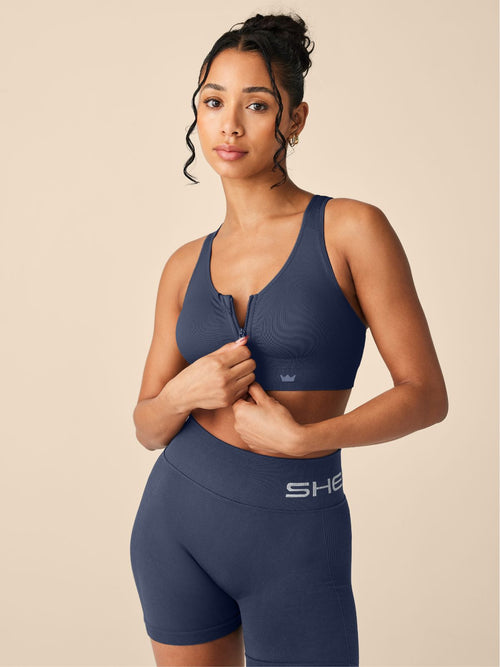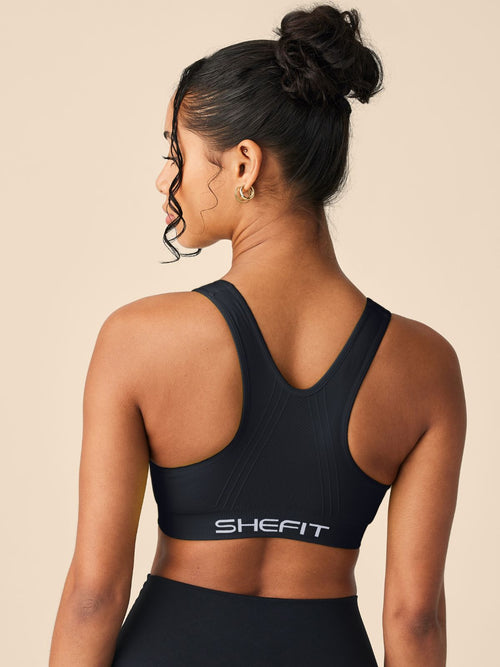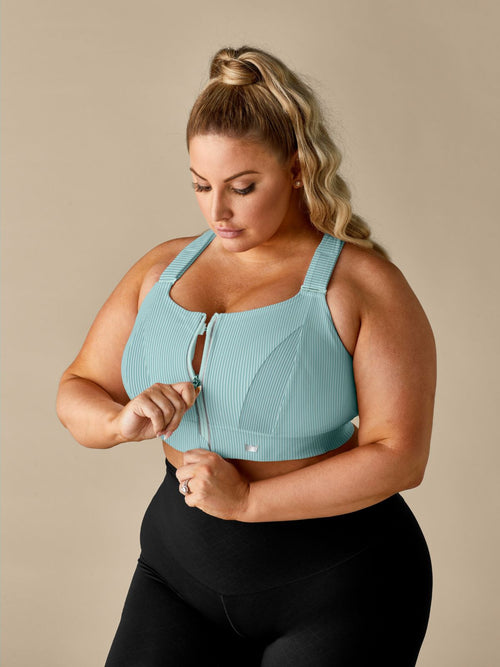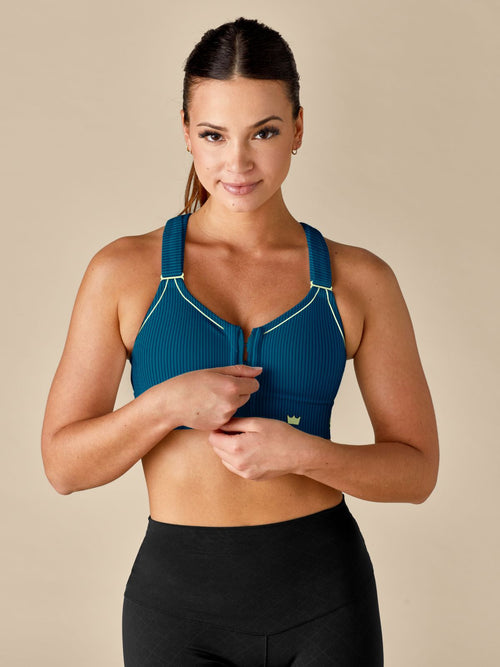15% Off Gift Cards! Shop Now
Val Smith’s professional career has been defined by an unbelievable series of opportunities and risks.
According to Val, “When you get an opportunity you just can’t say no to, you pursue it and everything else gets put on the back burner.” Among the experiences she’s said yes to, are competing on the US Women’s bobsledding team, working as a strength and conditioning coach while pursuing a PhD in Kinesiology, Health and Sport Studies, and participating in competitive weightlifting.
Athletics have always been a part of Val’s life and played a role in some of the most memorable highs and lows of her life. “I think everything I’ve done has required me to take huge risks. I traveled internationally with the US Women’s bobsled team through the 2014 games, but ended up not qualifying to actually compete. I quit my full-time job and took jobs that would allow me to make training my number one priority. Taking the leap to move around the country and train for a sport was such a great experience but it was also terrifying to not have a steady income or stable place to live. Plus, I had a Master’s degree I wasn’t using and had prioritized this dream over relationships and other opportunities. It was a risk that left me wondering what to do next.” She also experienced a chronic knee injury in college that eventually caused her to “bottom out” (unable to complete a lift in competition) during her first national level weightlifting meet which emotionally “ruined” her. She admits she had been “putting a Band-Aid on the injury rather than seeking treatment” and it eventually caught up with her. After seeing her doctor, she had to begin training again from square one. And maybe worst of all, she’s dealt with the constant mental battle of second-guessing herself. “I see my friends buying homes, getting married, having kids. Even pursuing my PhD is a risk -- I won’t graduate until I’m 33, but I just keep going because I hope it will all pay off. That feeling drives me.”
“
Society has conditioned women to believe that they should be intimidated by weights, or that they don’t possess the competency. I want to change that...”

Regardless of the setbacks she’s endured, Val has consistently grown physically and mentally stronger. And she’s become more aware of how she can have a greater impact on the fitness community she’s a part of, too. Val has never been intimidated working out next to men, but quickly learned she’s in the minority. “When I was training for bobsled, I was the only girl in this group of professional athletes, but I did everything they did. If they started warming up with 135 pounds on the bar, so did I. Women started coming up to me saying, ‘I can’t believe you work out with these guys.’” She soon realized there was a strong stigma of intimidation surrounding women in the weight room — and her goal became to change the narrative.
“I’m a big advocate for female empowerment, and see a real issue with the perception of women in the weight room. Society has conditioned women to believe they should be intimidated by weights, or that they don’t possess the competency. I want to change the coaching perception around female athletics and training. This is actually the one of the main focuses of my doctoral research.”
“
I STILL HAVE ISSUES WITH MY BODY EVEN THOUGH I’M A HIGH LEVEL ATHLETE."
Even though training and competing at such a high caliber is empowering — Val is quick to point out that it comes with some familiar challenges. “I still have issues with my body even though I am a high level athlete. At that level, your body becomes a machine. Whatever you have to do to become bigger, faster or stronger is what you do — but it doesn’t always mean your body comes out the way you want. In my case, my body changed dramatically, in that it got larger. My thighs grew, so my pants didn’t fit. My arms were super defined — but my shirts became too tight. I’d have to go up two dress sizes because my back was wide, but I was in the best shape of my life. It’s a lot to wrap your brain around. My physique changed, so I had to transition mentally too. Overall, I’ve learned that the key to real change is setting small, achievable goals -- even just not looking at the scale. Do whatever you need to do to find peace with the body you have. Exercise, ask for help, listen to a motivational speaker, pray, and constantly tell yourself that you’re enough just the way you are, then surround yourself with people who are your cheerleaders.”
You may not wish to ever be able to “clean and jerk” 230 pounds like Val does, but you may find that your small, attainable goals lead you straight to the weight room. And Val thinks that’s a great place to start. “The truth is women can train without becoming too bulky. Lifting weights doesn’t mean you’ll become less pretty. We can become leaner. We can become more self dependent. We can take care of ourselves by being stronger. You don’t have to be (or feel like) a weak female. If women want to feel more empowered and experience new things, they need to move beyond their comfort zone, because that is where real opportunity lies.”



